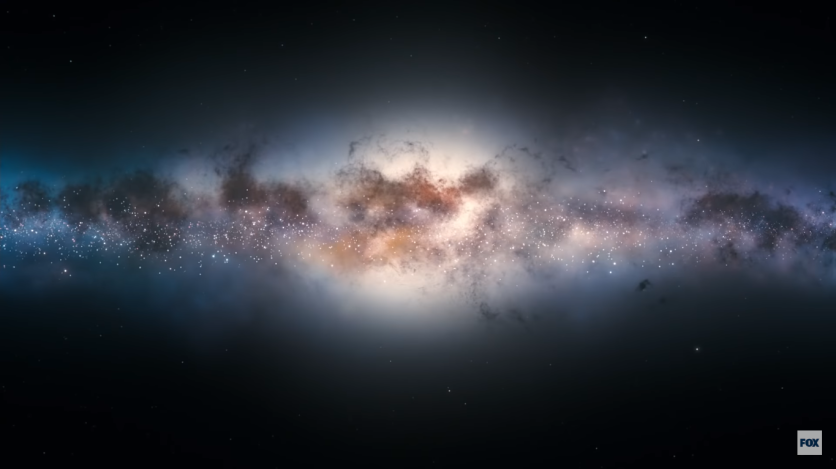
When you think humanity has met its match in the form of a virus, you are forgiven for thinking that we are at a crossroads in our fate. Let the universe decide or push on and fight the good fight until the cure is found. What about a third option, the option to leave the planet and let itself heal and go live in other possible worlds. Exciting? Indeed.
What The Show is All About
National Geographic's Cosmos is like a breath of fresh air. It brings hope and a good dose of good news that would make anyone smile given these troubled times. Developed by Ann Druyan and Carl Sagan, and of course, hosted by none other than Neil deGrasse Tyson. Cosmos: Possible Worlds focuses on the exploration of humanity from our past, present, and future.
The 1980 series has sparked the debate for complex topics that were shown on TV, and they are hoping to spark that interest once again to keep the masses focused on thinking of a brighter future than our bleak reality thus far. The difference now is it will be delivered with a sense of urgency, not like the original show because of the uncertain times.
A Welcoming Heartfelt Encouragement For All
Our friends over at Engadget talked to Druyan, and she said: "This season is based on my belief that we have what it takes to get to a really exciting future," which she added: "I base my belief on stories of the courage of our ancestors, the generations of searchers for the truth who have been willing to die, to stand up for what they believed was true. As well as the great migrations of generations that came before us. As Carl and I wrote earlier, we humans are capable of greatness. We all live in the long shadow of climate change and other environmental depredation."
Read More : James Bond Using Nokia For No Time to Die?
What Can We Expect From The Show
This show is both as good as it gets when it comes to speculation, but at the same time serves as a reminder that we shape our destiny, us humans.
The reason why Cosmos is a truly fascinating watch is that it cuts deep when speaking about topics such as man-made climate change, religious objections to evolution, and heliocentricism, all that and more without sounding like a broken record. To top it off, it creates computer-generated imagery on television, which they don't really compromise the quality of it all and just enhances the story to the next level.
It also talks about political sway to science, may it be good or bad. For example, One of the episodes is dedicated to the famous Soviet scientist, Nikolai Vavilov, who developed and explored a theory of plant cultivation to solve the hunger crisis of Soviet Russia's hunger crisis-but falling out with Josef Stalin, who preferred the theories of another scientist, Trofim Lysenko.
Vavilov, unfortunately, died of the very thing he wanted to prevent, starvation. This sacrifice, as well as his team of 28 protecting the Leningrad seed bank during the two year Nazi siege in World War ll, paved the way for Svalbard Global Seed Vault in Norway, which happens to be a tightly knotted facility against global agricultural catastrophe.
What Brings Us Hope Sustains Us
Cosmos is one of the reasons that humans should strive to look to the future despite the bleakness of it all. Even a little ray of sunshine can sustain a flower and can still be able to survive. So do humans, grasping for straws and looking for a brighter future has always driven us forward, no matter the trials and trepidations. The show offers us the past deeds of our ancestors and people who believed in a brighter future, all we need to do is see it like how they did and keep on fighting for what we believe in.
![Apple Watch Series 10 [GPS 42mm]](https://d.techtimes.com/en/full/453899/apple-watch-series-10-gps-42mm.jpg?w=184&h=103&f=9fb3c2ea2db928c663d1d2eadbcb3e52)



